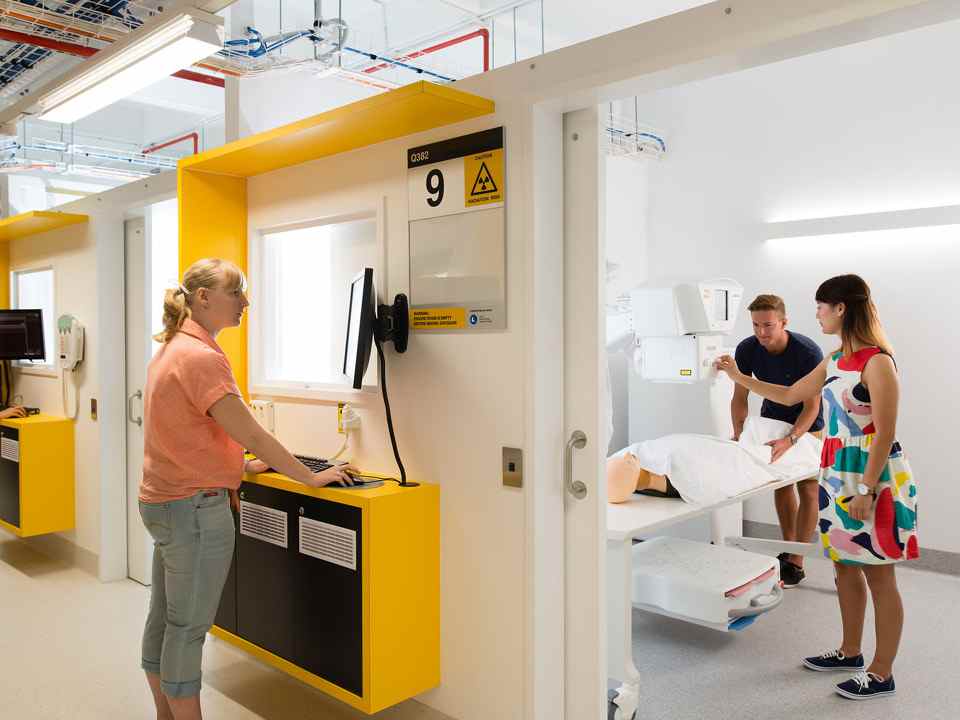- Top Quality Custom Essays
- +1 (628) 201-7932
- eprowriters01@gmail.com
Functional Health Patterns Community Assessment
Functional Health Patterns Community Assessment

Last updated on January 14th, 2025 at 06:46 am
Functional Health Patterns Community Assessment
For this Functional Health Patterns Community Assessment, select a community of interest in your region. Perform a physical assessment of the community.Perform a direct assessment of a community of interest using the “Functional Health Patterns Community Assessment Guide.” Interview a community health and public health provider regarding that person’s role and experiences within the community.
Functional Health Patterns Community Assessment Guide
Functional Health Pattern (FHP) Template Directions:
This FHP template is to be used for organizing community assessment data in preparation for completion of the topic assignment. Address every bulleted statement in each section with data or rationale for deferral. You may also add additional bullet points if applicable to your community.
Value/Belief Pattern
- Predominant ethnic and cultural groups along with beliefs related to health.
- Predominant spiritual beliefs in the community that may influence health.
- Availability of spiritual resources within or near the community (churches/chapels, synagogues, chaplains, Bible studies, sacraments, self-help groups, support groups, etc.).
- Do the community members value health promotion measures? What is the evidence that they do or do not (e.g., involvement in education, fundraising events, etc.)?
- What does the community value? How is this evident?
- On what do the community members spend their money? Are funds adequate?
Health Perception/Management
- Predominant health problems: Compare at least one health problem to a credible statistic (CDC, county, or state).
- Immunization rates (age appropriate).
- Appropriate death rates and causes, if applicable.
- Prevention programs (dental, fire, fitness, safety, etc.): Does the community think these are sufficient?
- Available health professionals, health resources within the community, and usage.
- Common referrals to outside agencies.
Nutrition/Metabolic
- Indicators of nutrient deficiencies.
- Obesity rates or percentages: Compare to CDC statistics.
- Affordability of food/available discounts or food programs and usage (e.g., WIC, food boxes, soup kitchens, meals-on-wheels, food stamps, senior discounts, employee discounts, etc.).
- Availability of water (e.g., number and quality of drinking fountains).
- Fast food and junk food accessibility (vending machines).
- Evidence of healthy food consumption or unhealthy food consumption (trash, long lines, observations, etc.).
- Provisions for special diets, if applicable.
- For schools (in addition to above):
- Nutritional content of food in cafeteria and vending machines: Compare to ARS 15-242/The Arizona Nutrition Standards (or other state standards based on residence)
- Amount of free or reduced lunch
Elimination (Environmental Health Concerns)
- Common air contaminants’ impact on the community.
- Waste disposal.
- Pest control: Is the community notified of pesticides usage?
- Hygiene practices (laundry services, hand washing, etc.).
- Bathrooms: Number of bathrooms; inspect for cleanliness, supplies, if possible.
- Universal precaution practices of health providers, teachers, members (if applicable).
- Temperature controls (e.g., within buildings, outside shade structures).
- Safety (committee, security guards, crossing guards, badges, locked campuses).
Activity/Exercise
- Community fitness programs (gym discounts, P.E., recess, sports, access to YMCA, etc.).
- Recreational facilities and usage (gym, playgrounds, bike paths, hiking trails, courts, pools, etc.).
- Safety programs (rules and regulations, safety training, incentives, athletic trainers, etc.).
- Injury statistics or most common injuries.
- Evidence of sedentary leisure activities (amount of time watching TV, videos, and computer).
- Means of transportation.
Sleep/Rest
- Sleep routines/hours of your community: Compare with sleep hour standards (from National Institutes of Health [NIH]).
- Indicators of general “restedness” and energy levels.
- Factors affecting sleep:
- Shift work prevalence of community members
- Environment (noise, lights, crowding, etc.)
- Consumption of caffeine, nicotine, alcohol, and drugs
- Homework/Extracurricular activities
- Health issues
Cognitive/Perceptual
- Primary language: Is this a communication barrier?
- Educational levels: For geopolitical communities, use http://www.census.gov and compare the city in which your community belongs with the national statistics.
- Opportunities/Programs:
- Educational offerings (in-services, continuing education, GED, etc.)
- Educational mandates (yearly in-services, continuing education, English learners, etc.)
- Special education programs (e.g., learning disabled, emotionally disabled, physically disabled, and gifted)
- Library or computer/Internet resources and usage.
- Funding resources (tuition reimbursement, scholarships, etc.).
Self-Perception/Self-Concept
- Age levels.
- Programs and activities related to community building (strengthening the community).
- Community history.
- Pride indicators: Self-esteem or caring behaviors.
- Published description (pamphlets, Web sites, etc.).
Role/Relationship
- Interaction of community members (e.g., friendliness, openness, bullying, prejudices, etc.).
- Vulnerable populations:
- Why are they vulnerable?
- How does this impact health?
- Power groups (church council, student council, administration, PTA, and gangs):
- How do they hold power?
- Positive or negative influence on community?
- Harassment policies/discrimination policies.
- Relationship with broader community:
- Police
- Fire/EMS (response time)
- Other (food drives, blood drives, missions, etc.)
Sexuality/Reproductive
- Relationships and behavior among community members.
- Educational offerings/programs (e.g., growth and development, STD/AIDS education, contraception, abstinence, etc.).
- Access to birth control.
- Birth rates, abortions, and miscarriages (if applicable).
- Access to maternal child health programs and services (crisis pregnancy center, support groups, prenatal care, maternity leave, etc.).
Coping/Stress
- Delinquency/violence issues.
- Crime issues/indicators.
- Poverty issues/indicators.
- CPS or APS abuse referrals: Compare with previous years.
- Drug abuse rates, alcohol use, and abuse: Compare with previous years.
- Stress management resources (e.g., hotlines, support groups, etc.).
- Prevalent mental health issues/concerns:
- How does the community deal with mental health issues
- Mental health professionals within community and usage
- Disaster planning:
- Past disasters
- Drills (what, how often)
- Planning committee (members, roles)
- Policies
- Crisis intervention plan
Need help with this or similar assignment?
- Tell Us Your Requirements: Please provide us with the specifics of your paper so that we may do our best to personalize it. Select the discipline, word count, format, academic level, and other details on the order form.
- Connect with the Best Writer: Consult and collaborate with an expert and complete your paper on schedule.
- Monitor the progress: Control the work process by checking the completed parts of your document right away. You can easily submit your comments by chatting with your essay writer on our website.
- Download Your Paper: Get your paper written according to your specifications. It is important to note that you only pay for an essay when you are completely satisfied with the outcome. Please provide us your feedback about our collaboration.
About Us
Eprowriters.com is a custom essay writing service that has been providing academic support with great success for more than five years. We are constantly updating our objectives in order to improve the quality of service we deliver and increase client satisfaction. We’ve progressed to an original concept as a result of our success.


